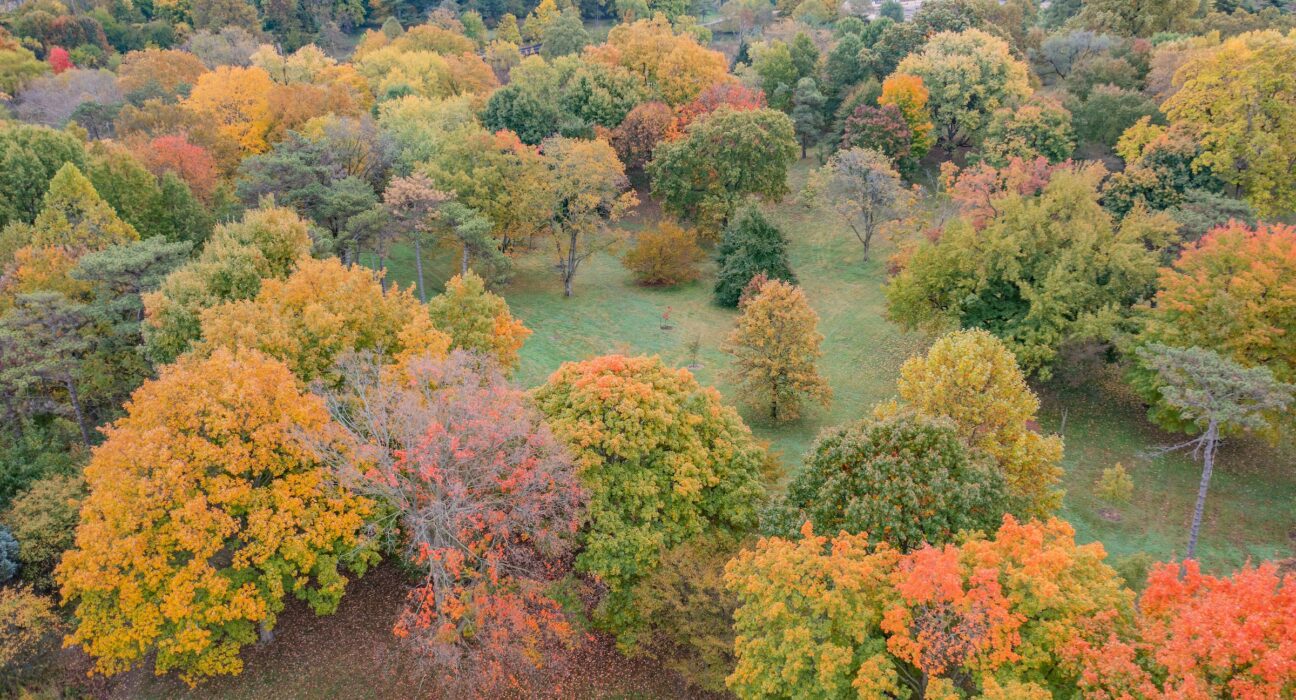Trees, often seen as immobile giants rooted in place, actually have their ways of moving and adapting. Unlike the Ents from “The Lord of the Rings
” marching to war, real trees have a slower but equally fascinating way of shifting and adjusting to their environment.
Picture this: A tree’s seed sprouts, pushing its way through the soil to grow into a sturdy trunk. As it reaches for sunlight, its branches slowly stretch towards the sunniest spots. This behavior is called phototropism – trees literally reaching for the light. Even their roots are on the move; when they sense moisture underground, they extend towards water sources, sometimes even infiltrating unexpected places like plumbing systems.
While individual trees may not embark on epic journeys across landscapes, entire forests do migrate over time. Leslie Brandt, an ecologist familiar with forest dynamics, explains that forests have historically shifted as climates changed. During past ice ages, tree species moved southward seeking warmer temperatures while seeds flourished in new habitats.
However, today’s rapid climate changes driven by human activities pose challenges for forests. Rising sea levels threaten coastal mangroves; increased temperatures hinder white spruce growth in Canada; and arid conditions harm pinyon pines in the American Southwest. Unfortunately, forests can’t keep pace with these transformations naturally.
As Brandt notes, “
Trees just cannot keep up.” To assist them in adapting to new conditions swiftly enough to survive, humans are stepping in. Scientists are strategically planting seeds in areas conducive to tree growth or introducing more resilient species to replace those struggling under changing climates.
For instance, researchers in Minnesota are proactively managing forests along the Mississippi River affected by floods and invasive pests by replacing lost trees with better-suited varieties like cottonwoods and willows. These efforts aim to preserve ecosystems while enhancing resilience against climate challenges.
In northern Minnesota’s Superior National Forest, a migration plan has been developed collaboratively with scientists and Indigenous communities to guide forest management practices amidst climate shifts. By aligning conservation strategies with community needs and ecological demands, stakeholders hope to safeguard vital forest resources while ensuring sustainability for future generations.
In essence, trees may not walk like Ents from fantasy tales but make slow yet significant movements essential for their survival amid evolving climates. While natural adaptation processes continue at their pace, human intervention plays a crucial role in facilitating forest resilience and continuity amidst escalating environmental changes.

